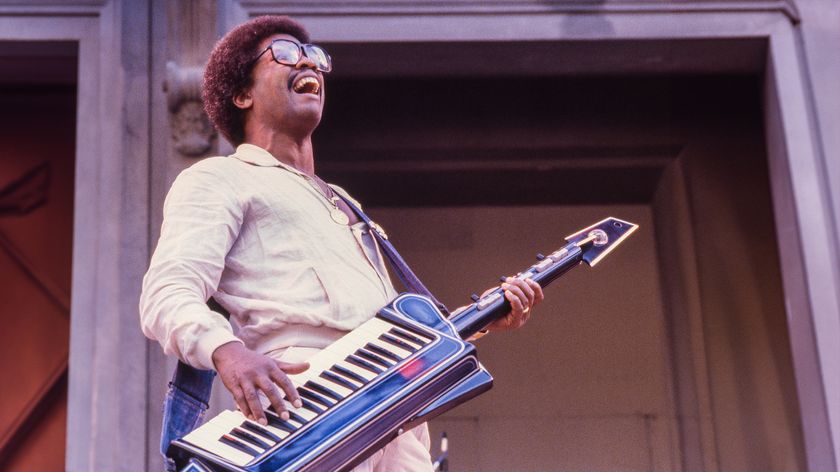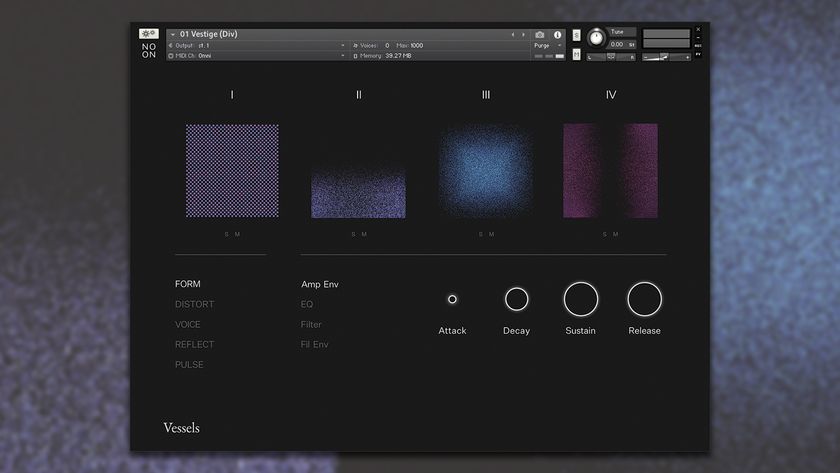How to flip samples using Ableton Live's Simpler
Channel the spirit of old-school hip-hop with this classic groove production technique
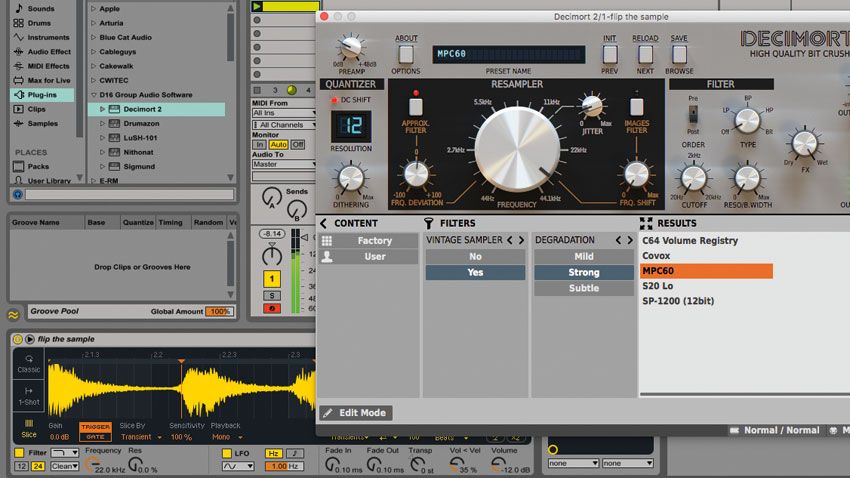
A cornerstone technique in hip-hop since the advent of the sampler, sample flipping is quite simply the process of slicing up a beat or loop and rearranging it - traditionally using the pads of an MPC groovebox - for use as the basis of a new track.
In this tutorial, we'll show you how to do it using Ableton Live’s nifty onboard sampler. For more on old-school sampling techniques, pick up the February 2019 edition of Computer Music.

Step 1: ‘Flipping’ samples is a classic hip-hop technique that works well in other genres, too. For a perfect example, check out how Gang Starr’s DJ Premier flipped jazz guitarist Vic Juris’s Horizon Drive for the Mass Appeal beat. The source of the sample went undiscovered for years before someone figured it out.
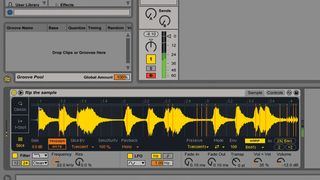
Step 2: Slicing samples used to be a laborious process, but most DAWs nowadays feature a sampler plugin that includes some kind of auto-slice function. In Ableton Live, that'll be Simpler. Drop an audio file onto the device, then hit Slice to have it automatically sliced at its transients.
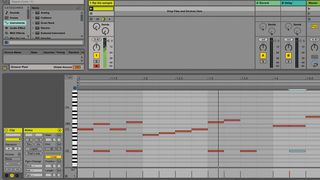
Step 3: Now we can play the sample slices back using a MIDI keyboard, or program them in the piano roll. We’ve created a new clip and programmed a fresh melody using the same sounds from our sample. Spend some time experimenting here until you find something that works.
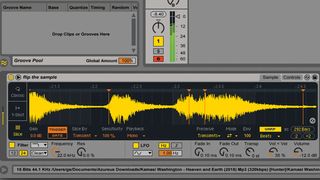
Step 4: Simpler won’t always get the slices absolutely spot on. You can go back to the device if necessary and adjust the slice positions manually by dragging the position markers left and right until it sounds just right, without chopping off the transient at the beginning of each note.
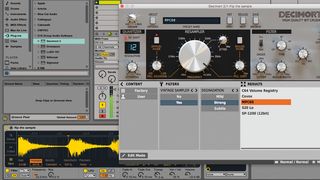
Step 5: The classic version of this technique was usually created with an Akai MPC or E-MU SP-1200. For a similarly retro sound, use a vintage sampler plugin or bit-crusher. Here we’re trying D16 Decimort 2, set to a preset that channels the 12-bit vibes of the Akai MPC60.
Get the MusicRadar Newsletter
Want all the hottest music and gear news, reviews, deals, features and more, direct to your inbox? Sign up here.
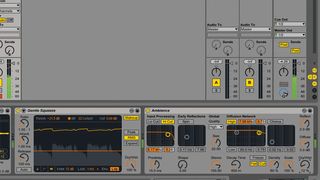
Step 6: We’re going for a slightly more modern sound, though, so we’ll ditch Decimort and use some other processing instead. A gentle compressor smooths some of the jarring dynamics we’ve introduced, and some very subtle reverb helps to glue the sound back together.
Computer Music magazine is the world’s best selling publication dedicated solely to making great music with your Mac or PC computer. Each issue it brings its lucky readers the best in cutting-edge tutorials, need-to-know, expert software reviews and even all the tools you actually need to make great music today, courtesy of our legendary CM Plugin Suite.

